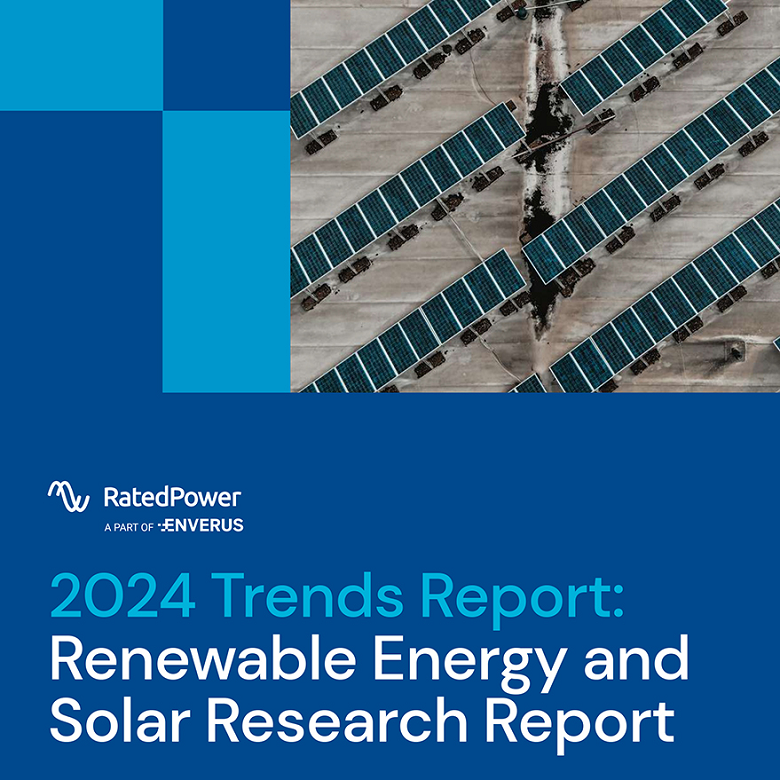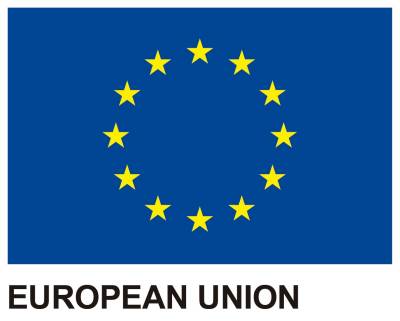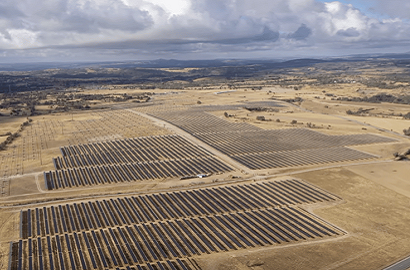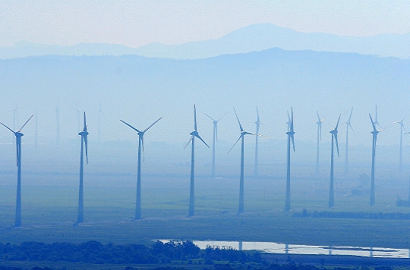Spain is the country with the fourth highest renewable energy potential in Europe

According to the fourth edition of RatedPower's global technology trends report
Spain is in fourth place in terms of having the highest growth potential for renewable energy in the next five years, behind the United States, China and Germany. This is reflected in the fourth edition of the Global Trends Report 2024, prepared by the Spanish company RatedPower, which specialises in this industry and has been part of the US company Enverus since 2022.
The renewable energy industry received a double boost in 2023. On the one hand, the European Union's new energy directive raised its target for renewable energy consumption from 32% to 42.5% by 2030. On the other hand, the United States maintained investment growth stemming from the Inflation Reduction Act of 2022, amounting to 270 billion dollars over 18 months.
Leadership in solar energy
The RatedPower report highlights that solar energy thrived with respect to other renewable sources. According to information from BloombergNEF, 413 gigawatts of solar modules were installed worldwide in 2023, 58% more than the previous year, which was 42% higher than in 2021.
In terms of the outlook for the next five years, the survey from which the data for the report is drawn indicates that over 90% of the participants showed high confidence in the future of the renewable energy market, with a rating of four or five out of five. The United States was cited as the leader with 45.2%, followed by China (33.3%), Germany (25%) and Spain (22.6%).
Storage growth
Solar energy will continue to be the renewable source with the highest growth potential, with 40.5% of the votes. Close behind with 31% is storage (massive battery energy storage systems), followed by green hydrogen (15.5%), grid infrastructure (6%) and wind energy (3.6%).
RatedPower has also identified some interesting trends in 2023, such as the dominance of simulations using bifacial modules in solar panels, the growing trend of string inverters and geographical variation in structural preferences. In the coming years, the sector will face challenges, such as diversification of renewable sources, a focus on digitalisation and a skilled workforce. 66.7% of respondents are concerned about network saturation and instability.
Boosting investment
Enverus' Vice President of Power and Renewables and co-founder of RatedPower, Andrea Barber, believes that the boost in investment in renewables, which already accounts for 90% of total investment in electricity generation, “is now sufficient for global demand for coal, oil and natural gas to decline by 2030, which will mark the beginning of the end of the fossil fuel era”.
At the same time, Barber also warns of remaining obstacles on the road to a cleaner energy future, highlighting dependencies in the supply chain, especially for critical minerals like lithium, cobalt, nickel and rare earths. On the evolution of massive battery energy storage systems, she said, “The ability to store and distribute energy when needed will make supply more consistent, mitigating some of the strain on the grid along with the growing demand for renewable installations”.
To compile the Renewables Trends Report, RatedPower surveyed energy industry professionals from 30 countries, representing all continents. Over 88% work in the solar industry, and more than 57% have been working in renewables for between five and over 15 years. The company also used the data from customer simulations to support the design of its solar energy installations, which now exceed 55 terawatts.
Photo: RatedPower




